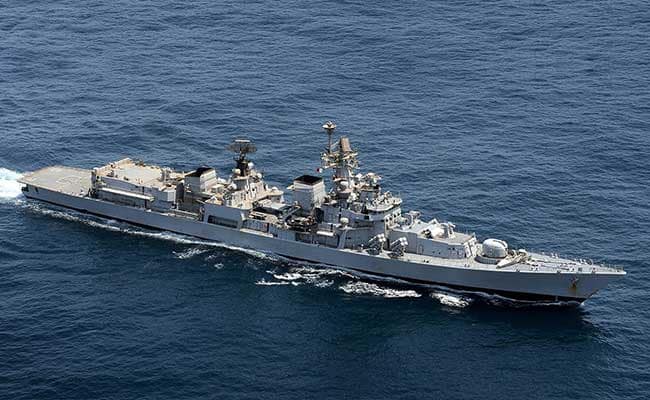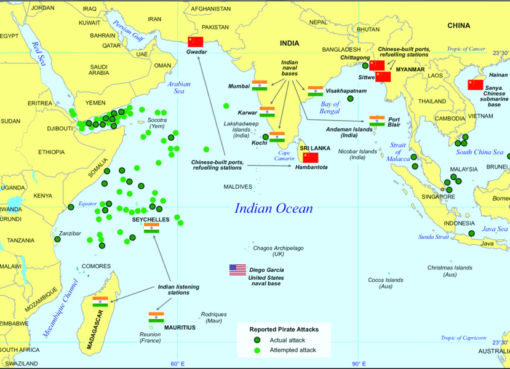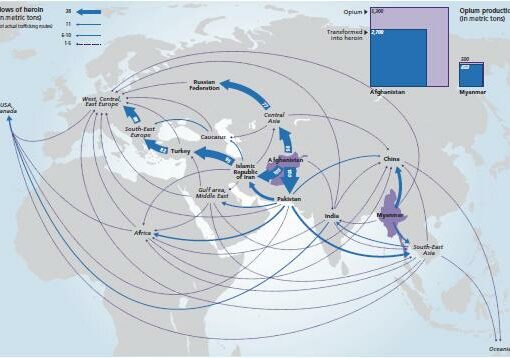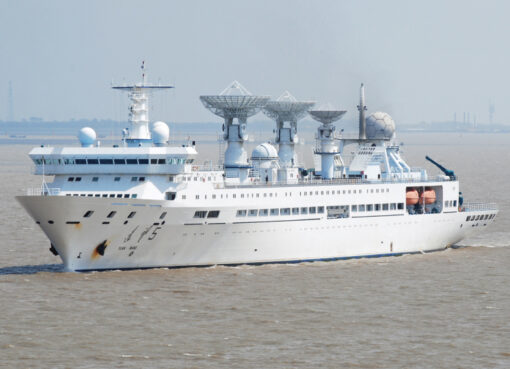The just concluded trilateral naval exercise- MALABAR-2015 (Oct 14-19, 2015) is a part of the on-going campaign to enhance maritime security in the Indian Ocean-Pacific region, where the stakes in the new unfolding game are rising by the day. For India, the Indian Ocean is its backyard, and it is therefore a dominant player in the region. New Delhi is not hegemonist but it has vital interests in keeping the area a zone of peace not only for protecting its waters but also to ensure smooth maritime traffic and to check the menace of pirates.
Like all military exercises, the naval exercise featured menuovers that were termed as “complex”, “high-end war fighting” involving warships, aircraft carriers and fast attack submarines from the Navies of United States and Japan besides hosts India. It helped in understanding the inter-operability between the three navies and to advance multi-national maritime relationships.
This was the 19th edition of Malabar. Japan had last taken part in the Malabar in 2007. However, a strong reaction from China against the inclusion of Japan and Australia in 2007 led to the exercises being largely kept bilateral. This time around, Japan joined the naval exercises after a first-ever trilateral dialogue at the foreign secretary level in June.
Recent weeks and months have seen increasing assertiveness of China in the disputed South China Sea and its nuclear vessels made their presence felt in Colombo and Karachi. While it will be patently unfair to say that Malabar 2015 reflected a new Ocean diplomacy, it will also not be fair to say that the naval show off India’s eastern seaboard signaled new alliance being formed against China.
From what is in public domain, the Chinese leadership appears to appreciate the nuanced message despite America’s thrust to rebalance its strategic focus in Asia Pacific. This is clear from the fact while China objected to Japan’s Defence Review, it has not reacted with the same intensity though it had protested the participation of Japanese Maritime Self Defence Forces (JMSDF) in the exercises.
In so far India is concerned, the equation is different. And this has been noted by the Chinese media with an editorial in a state-run publication saying “The China-India relationship is on a sound track, and healthy ties are beneficial to both countries”. On its part India has straddled the diplomatic divide between the U.S. and China with consummate ease with its military conducting simultaneous ground-troop exercises with the People’s Liberation Army at Kunming Military Academy in Yunnan.




